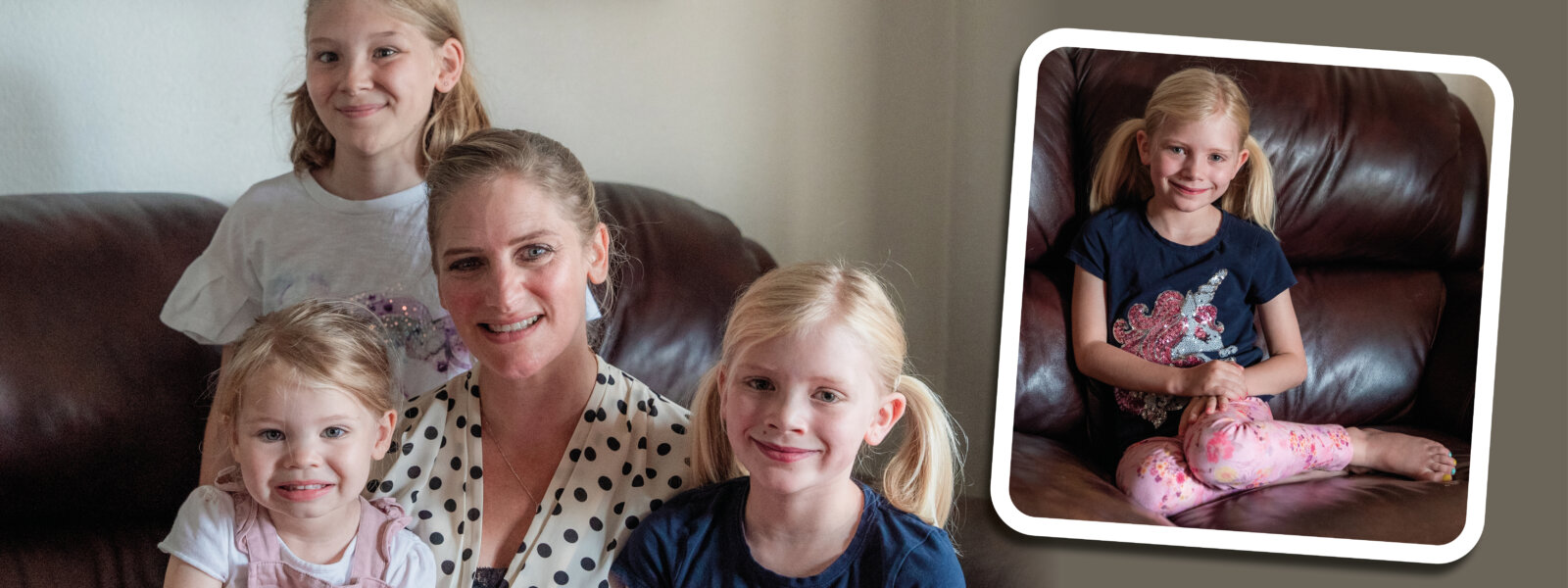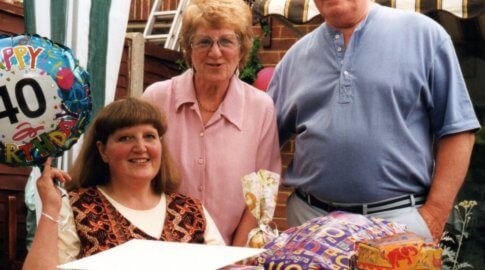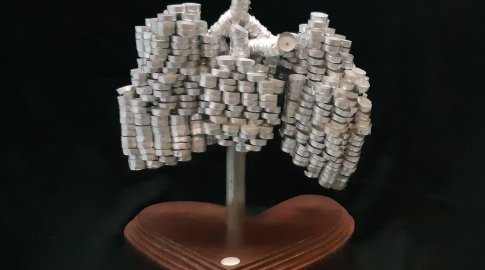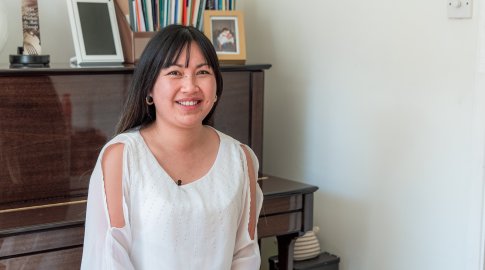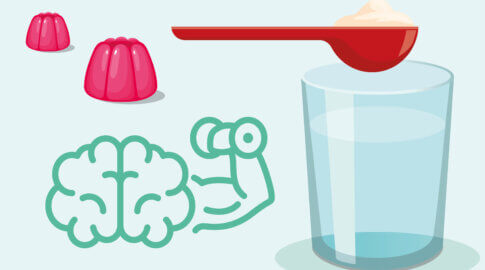“Connie’s illness has not stopped us living life”
Connie Price was given a devastating diagnosis of pulmonary hypertension as a toddler – but four years later, the future is starting to look brighter. Here, her mother Jane remembers the route to diagnosis and reflects on family life in the shadow of this rare disease.
“It was a bit of journey to get Connie’s diagnosis. When she was around 18 months old, I started to notice things that were different to her older sister Lucy [now ten].
She wouldn’t play with her friends, always wanted to be in the buggy, and was thirsty all the time. You could hear her breathing and she would get blue lips very easily.
I had no idea what it was, but I knew something wasn’t right. I went back to the doctors on a few occasions, and I kept getting told that everything was fine.
Then one day, during Lucy’s birthday party, Connie came in from the garden and passed out in my arms. As quickly as she went down, she recovered, so we put it down to the heat outside.
But the next day, I took her to the doctors with a list of everything I had noticed, and insisted they figure out what was going on.
A heart scan was arranged, but there would be an eight month wait because it wasn’t deemed to be serious. In the meantime, Connie caught a sickness bug which caused her to be hospitalised because her heart rate went through the roof, but still we had to wait.
The scan date came around and I remember telling my husband not to come because I’d only be ten minutes at the hospital down the road. After 45 minutes of scanning her heart, it was obvious they had found something.
Suspecting a hole in the heart, another scan was carried out by someone from the Evelina [Children’s Hospital in London].
My husband was with me this time and with Connie out of the room, we were told it was
either something mechanical which is easily fixable, some kind of cardiomyopathy, or pulmonary hypertension.
They followed it up with the words ‘we don’t want it to be pulmonary hypertension, and don’t Google it’. Obviously, we Googled it, and what we read was horrendous.
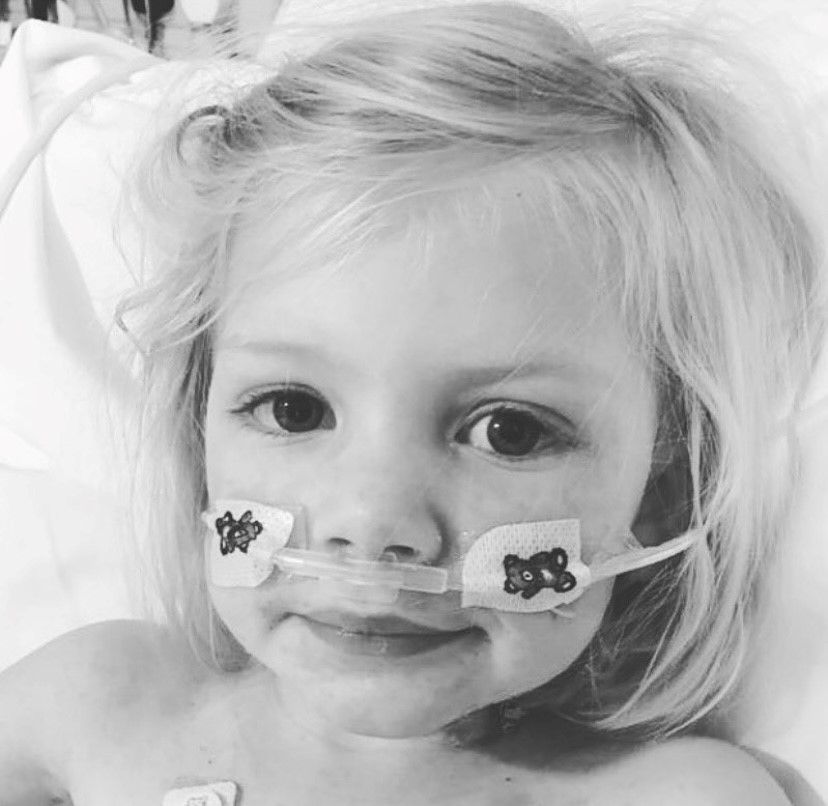
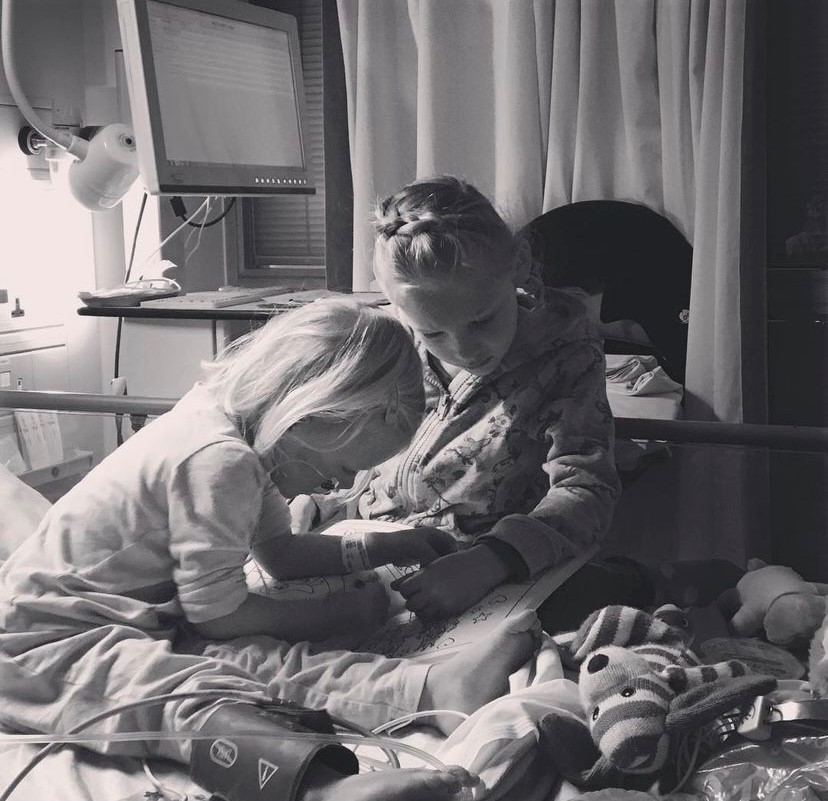
Dealing with the diagnosis
Connie was admitted to hospital and that was first time we realised how ill she was.
When the PH was confirmed, we were transferred to Great Ormond Street Children’s Hospital and we entered the world of trying to get the medication right for her.
I felt floored [by the diagnosis]. At that point it just felt so dark to be told that your three-year-old child has such a serious illness. We had a lot of support, but we weren’t ready to hear it.
We were living at Great Ormond Street at the time and our older daughter was living with my parents because we wanted her to have some stability.
My husband Jon and I didn’t see each other for more than an hour a day for three months, because one of us was always with Connie and the other was with Lucy.
Reflecting back on when Lucy received her diagnosis of cerebral palsy, we were there together and that made us really strong. But when Connie was diagnosed with PH, we were passing ships in the night.
It was really difficult because we wanted to deal with it together, but we needed to do what was right for both children at that point.
Getting the treatment right
Within three weeks of arriving at GOSH Connie went onto epoprostenol because her PH was so severe.
We were told that she needed to go on a Hickman line and at the time, I don’t think we registered that meant 24 hours a day, 365 days a year.
The line went in through the veins in her chest and into her heart and was connected to a very heavy pump.
We had this little three-year-old carrying this heavy pump on her back permanently, and Jon and I were in this world of making up her drug that had to be made and replaced at the same time every day.
That is a really hard deal because you’re then very closed off in terms of what you can and can’t do as a family.
We had to be home for a certain time, we couldn’t stay anywhere, and we couldn’t leave Connie with anyone who wasn’t trained to be able to trouble-shoot the pump. We would literally be putting Connie’s life in their hands.
Connie’s never really responded to any of the medication in the way [the doctors] would have liked her to; she has always had a delayed reaction to everything.
Today, she is no longer on the Hickman line because she ended up having surgery.
The drug combination, which was the gold standard, wasn’t working – and instead of transplant, we were given the option to have a pioneering surgery called the ‘Potts shunt’ [a side-to-side connection from the left pulmonary artery to the descending aorta].
It had only been carried out once before on a child in the UK, and it carried a 15% risk of her not making it through the operation.
It felt like an impossible decision, but it was made for us when we were told there would probably be an 18-month wait for lungs and Connie probably didn’t have that long.
She sailed through the surgery but in true Connie fashion, it didn’t make a difference for a long time – meaning she remained on the Hickman line and the pump for another 18 months.
Today, Connie is on oral medications for her PH, as well as other tablets to help manage their side effects.
She has recently had one of her medications doubled and her last MRI scan showed a 10% improvement in her heart function, which was amazing and somewhere we probably didn’t think we would be.

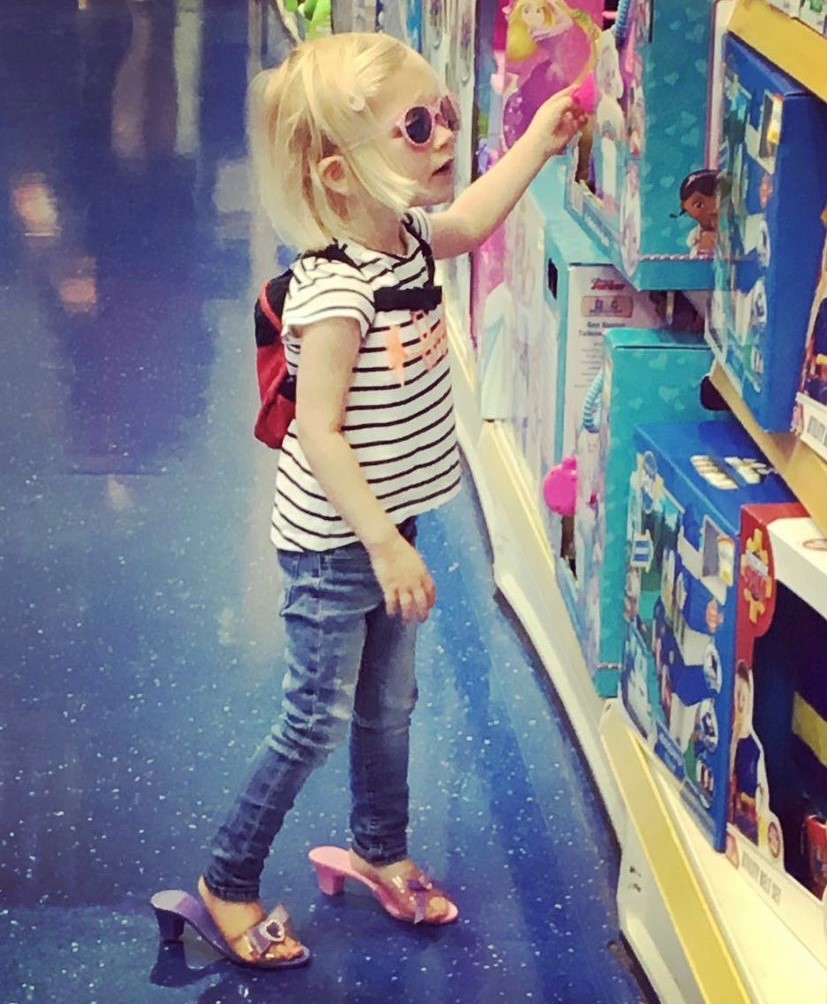
Living with PH
These days, Connie can just about make it up two flights of stairs, but she is very breathy when she gets to the top.
She doesn’t really keep up with her friends and she finds that tough, especially if they are playing run-around games on the playground.
She gets tired a lot and you can tell when she is struggling because her face will go quite sallow. But she is quite good at regulating herself and knows when to stop and take a breath.
We also have a two-year-old, Annabelle, and she has a specially-designed buggy that has a seat on it for Connie.
We try very hard not to limit Connie. We enjoy going on bike rides, to theme parks, exploring, and spending time with family and friends. She missed nearly four years of swimming because of being on the Hickman line, so we have a holiday with a pool booked for next year.
We have to be very careful with the language we use with the girls. Connie understands that her lungs don’t work, and that it makes her have a naughty heart.
She knows, to some extent, that the doctors can’t fix it but that they are doing everything they can to make sure it doesn’t get any worse.
We have worked quite closely with the psychology team at Great Ormond Street because one of my biggest worries is that the girls will Google it before we have a chance to put it in the right way for them.
There isn’t a cure right now, but you don’t know what’s coming as things are advancing all the time. There is no deadline that we have to play to.
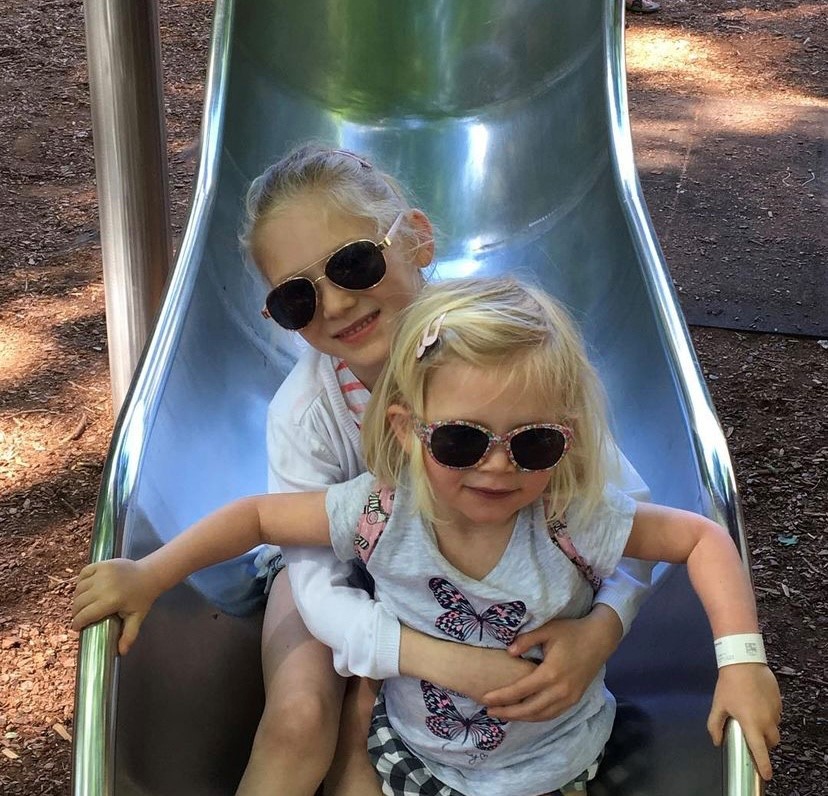

The challenges of an invisible illness
It is really difficult to get across what’s wrong with Connie, because for all intents and purposes, she looks just like any other little girl.
You do feel as though people are judging you for being a lazy parent or thinking that your child should be walking.
We have a disability badge for the car, and [when we parked up] I used to make such a show of getting her oxygen out, because people in the vicinity would see her jump out of the car and start skipping around. They wouldn’t see that in 200 yards, she would want to sit on the buggy because she had got breathy.
We have a radar key for disabled toilets, but we still get judged taking her into them.
In a strange way, Connie’s pump helped because people could physically see she had a disability and an illness. We’re thankful she no longer has the pump, but by the same token it has made her illness invisible again.
Learning from our experiences
My advice to other parents [faced with a diagnosis of PH] is to give yourself time to grieve. I think that was what was missing in my understanding back then.
You are grieving the loss of a future for your child in the way you expected it to be, but you will get through those first few weeks.
They will be scary, tough and frightening but you just need to allow yourself to feel it because if you start shutting yourself away at that point, it makes it harder to come out of.
If you want to cry, then cry. If you want to shout, then shout.
There is a world of help on Facebook groups, support groups and from the PHA UK. You probably won’t be ready for any of that in the first few weeks but it’s good to know it’s there in case you do need it. At the time, we didn’t know it was there and we felt very alone.
Having a child with PH is devastating and it does make me feel angry. But Connie is such a happy, giggly, little girl who absolutely loves to go on adventures, and her illness has not stopped us living life.”
